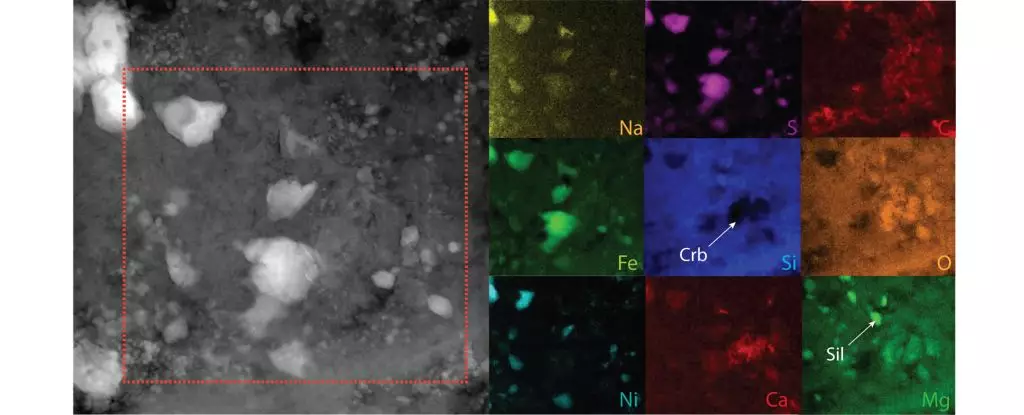As scientists delve deeper into the mysteries of our Solar System’s origins, they have uncovered traces of material that date back to the protoplanetary disk that gave birth to our Sun and planets. These ancient relics provide invaluable insights into the history of our celestial neighborhood, shedding light on the fundamental building blocks that formed everything around us billions of years ago.
The Sun, like all stars, was born from a dense cloud of dust that collapsed under its own gravity, forming a swirling disk of material that fed into the growing star. As the Sun took shape, the remnants of this disk coalesced into the planets, moons, asteroids, comets, and icy bodies that populate our Solar System. Among these icy bodies is the Oort Cloud, a reservoir of primordial material that has remained relatively unchanged since the dawn of the Solar System.
While the Oort Cloud holds valuable clues to the composition of the early Solar System, studying its pristine material has posed significant challenges. However, researchers have found a clever workaround by examining meteorites that contain fragments of cometary material. These fragments, known as clasts, offer a glimpse into the ancient history of our Solar System, providing a unique opportunity to analyze the composition of the protoplanetary disk.
One such meteorite, Northwest Africa 14250 (NWA 14250), has revealed a treasure trove of cometary clasts that closely resemble those found in meteorites from the outer Solar System and samples taken from the asteroid Ryugu. This discovery hints at the uniformity of the protoplanetary disk’s composition during the formation of the Solar System, challenging current beliefs about the diversity of materials in different regions of our celestial neighborhood.
Implications for Planetary Formation
The presence of cometary material in meteorites like NWA 14250 suggests that these ancient relics could serve as invaluable tools for unraveling the mysteries of the early Solar System. By studying the isotopes of various minerals in these clasts, researchers can uncover crucial insights into the processes that shaped our planetary system billions of years ago.
The discovery of cometary clasts in meteorites has opened up new avenues for exploring the ancient history of our Solar System. By analyzing these pristine samples of material from the protoplanetary disk, scientists can unlock the secrets of planetary formation and gain a deeper understanding of the fundamental building blocks that gave rise to the Sun, planets, and other celestial bodies in our cosmic neighborhood. This research not only sheds light on the past but also provides valuable insights that can shape our understanding of the present and future of our Solar System.


Leave a Reply